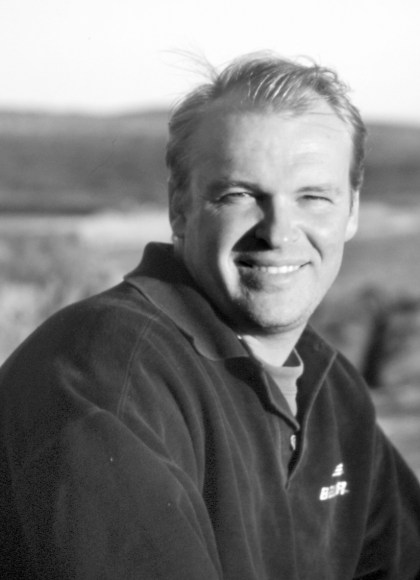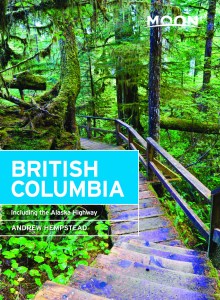Getting to Lake O’Hara in Yoho National Park

Nestled in a high bowl of lush alpine meadows, Lake O’Hara, 11 kilometers (6.8 miles) from the nearest public road, is surrounded by dozens of smaller alpine lakes and framed by spectacular peaks permanently mantled in snow. As if that weren’t enough, the entire area is webbed by a network of hiking trails established over the last 90 years by luminaries such as Lawrence Grassi. Trails radiate from the lake in all directions; the longest is just 7.5 kilometers (4.7 miles), making Lake O’Hara an especially fine hub for day hiking. What makes this destination all the more special is that a quota system limits the number of visitors.
Getting to Lake O’Hara: Book the Bus
It’s possible to walk to Lake O’Hara, but most visitors take the shuttle bus along a road closed to the public. The departure point is a signed parking lot 15 kilometers (9.3 miles) east of Field and three kilometers (1.9 miles) west of the Continental Divide. Buses for day visitors depart between mid-June and early October at 8:30am and 10:30am, returning at 2:30pm, 4:30pm and 6:30pm. To book a seat, call the dedicated reservations line (250/343-6433). Reservations are taken up to three months in advance, but as numbers are limited, you will need to call exactly three months prior to get a seat; even then, call as early in the day as possible. Phone lines are open 8am-4pm Monday-Friday April-May and 8am-4pm daily June-September.
Newsletter Signup
By clicking ‘Sign Up,’ I acknowledge that I have read and agree to Hachette Book Group’s Privacy Policy and Terms of Use
The reservation fee is $12 per booking and the bus fare is $15 per person round-trip. The procedure is simple enough, but to be assured of a seat, it’s important you get it right: For example, to visit on September 25 (when the larch are at their colorful peak), start dialing at 8am on June 25 (with a credit card ready). Reservations are only required for the inbound shuttle; outgoing buses fill on demand.
All times—bus departures and reservation center hours—are mountain standard time.
Other Considerations
After the 20-minute bus trip to the lake, day hikers are dropped off at Le Relais, a homely log shelter where books and maps are sold, including the recommended Gem Trek Lake Louise and Yoho map. Hot drinks and light snacks are served—something to look forward to at the end of the day, as this is also the afternoon meeting place for the return trip (no reservations necessary).
Several overnight options are available at the lake—including a lodge, a campground, and a rustic hut—but each should be booked well in advance.

Newsletter Signup
By clicking ‘Sign Up,’ I acknowledge that I have read and agree to Hachette Book Group’s Privacy Policy and Terms of Use
Pin for Later


